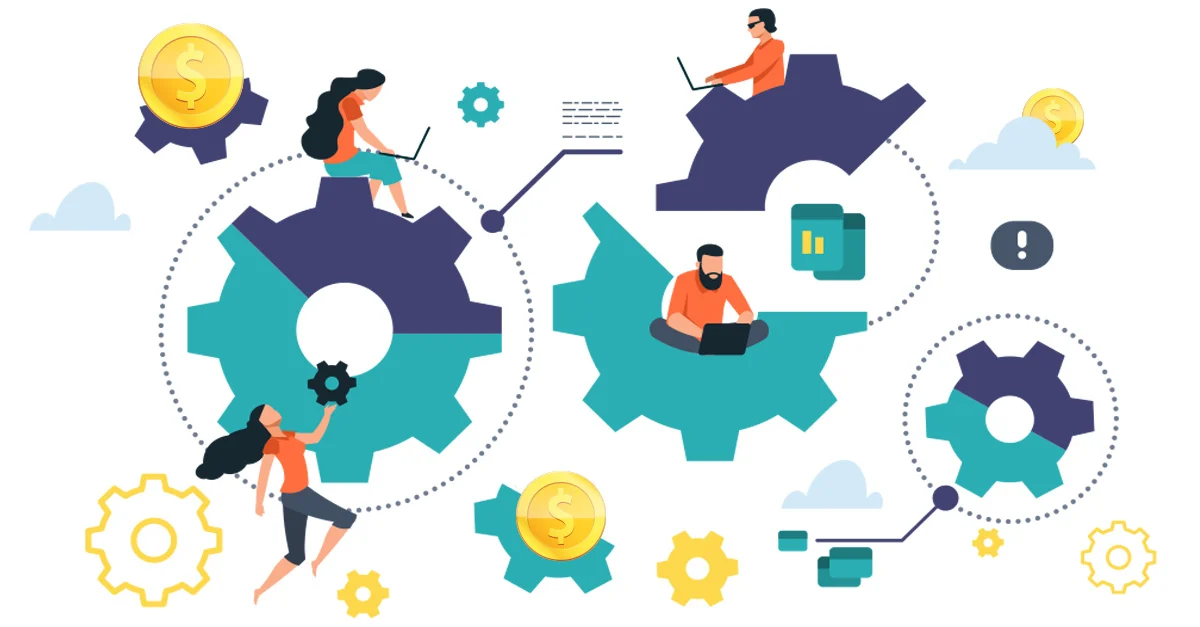Ensure that both your payroll and accounting software are compatible with each other. Verify compatibility based on factors such as file formats, data structure, and integration capabilities. Most modern payroll software Malaysiaand accounting software offers integration options, but it’s crucial to double-check before proceeding.
Data Mapping and Configuration:
Map out the data flow between the payroll software Malaysia and accounting systems. Identify which payroll components need to be integrated, such as employee information, salary details, deductions, and taxes. Configure both systems to ensure seamless data exchange and consistency in reporting.
Understand Legal Requirements:
Familiarize yourself with Malaysian tax laws, labour regulations, and reporting requirements. Ensure that the integrated system complies with statutory requirements, including EPF (Employees Provident Fund), SOCSO (Social Security Organization), PCB (Monthly Tax Deductions), and EIS (Employment Insurance Scheme). Compliance is essential to avoid penalties and legal issues.
Establish Integration Protocols:
Determine the integration protocols and methodologies to be used, such as API (Application Programming Interface) integration, file-based integration (CSV, XML), or middleware solutions. APIs offer real-time data synchronization and are preferred for immediate updates, while file-based integration may suffice for periodic data transfers.
Secure Data Transfer:
Implement robust security measures to safeguard sensitive payroll and financial data during transfer. Utilize encryption protocols, secure FTP (File Transfer Protocol), or VPN (Virtual Private Network) to protect data integrity and confidentiality. Compliance with data protection laws such as the Personal Data Protection Act (PDPA) is essential.
Test Integration:
Conduct thorough testing to ensure the accuracy and reliability of data integration. Verify data consistency, integrity, and reconciliation between the payroll and accounting systems. Address any discrepancies or errors promptly before deploying the integrated solution in a live environment.
Employee Self-Service Portals:
Integrate employee self-service portals with the integrated system to empower employees to access their payroll information, view payslips, update personal details, and submit leave requests. Self-service portals reduce administrative overhead and enhance employee satisfaction.
Automate Workflows:
Leverage automation capabilities to streamline payroll processes and eliminate manual tasks. Configure automated workflows for payroll processing, tax calculations, expense reimbursements, and compliance reporting. Automation reduces errors, accelerates processing time, and enhances productivity.
Provide Training and Support:
Offer comprehensive training and support to employees responsible for payroll processing and accounting tasks. Ensure that users understand how to navigate the integrated system, input data accurately, and troubleshoot common issues. Provide ongoing support to address any challenges and optimize system performance.
Monitor and Update:
Continuously monitor the integrated system for performance, scalability, and compliance. Regularly update software components, patches, and configurations to address security vulnerabilities and regulatory changes. Stay informed about evolving technologies and best practices to optimize payroll and accounting integration.

